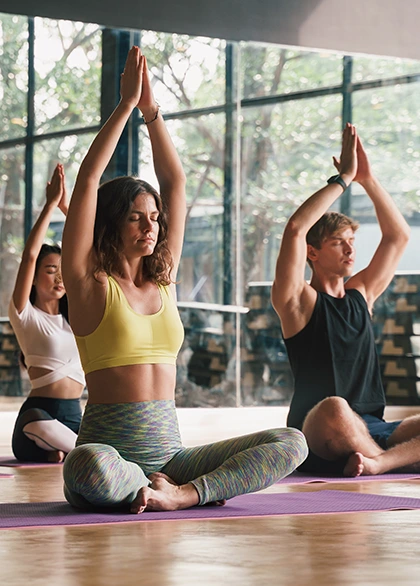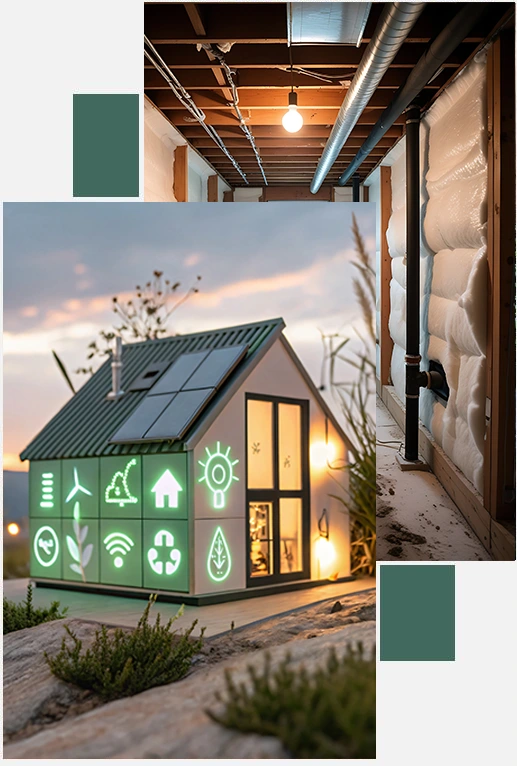
A framework for understanding contemporary lifestyles
The modern world is characterized by the convergence of rapid technological advancement and a growing awareness of environmental and personal well-being. This dynamic creates new opportunities and challenges in how individuals live, work, and interact with their surroundings. Understanding these interconnected fields, from automation and digital communication to sustainable practices and holistic health, provides a foundation for navigating contemporary life effectively and responsibly.
The exploration
of destinations in modern tourism

Innovative technologies
Thermal printing: the future of labeling and marking
Technological innovation is constantly transforming the way we live, work, and communicate. Among these advances, thermal printing stands out for its simplicity and efficiency, offering fast and reliable solutions in a variety of fields, from industrial labeling to receipts and medical devices. Specialized companies such as APS Printer offer innovative solutions in this field, using heat to transfer ink or activate special media, eliminating the need for complex consumables and reducing operating costs. More broadly, thermal printing illustrates how technological innovations can combine practicality, sustainability, and time savings, while paving the way for new applications in a variety of sectors.
Holistic approaches to modern personal wellness
The concept of holistic wellness extends beyond the absence of illness to encompass a comprehensive state of physical, mental, and social well-being. This approach emphasizes preventive care and the interconnectedness of mind and body. It integrates various practices, including balanced nutrition, regular physical activity, stress management techniques, and adequate sleep, to foster overall health resilience.

The importance of nutritional balance
A diet rich in diverse nutrients supports essential bodily functions and cognitive health.

Mindfulness for stress reduction
Practices like meditation can improve focus and regulate the body’s response to stress.

Physical Activity and Mental Well-being
Consistent exercise is linked to improved mood and cardiovascular health.
Exploring trends in modern fashion
The modern fashion industry emphasizes creativity, self-expression, and innovative style. It encourages experimenting with cuts, colors, and fabrics while promoting clothing designed for durability and versatility. This includes using high-quality materials, sustainable fabrics, and ethically produced garments, as well as supporting designers who prioritize fair labor practices and environmentally conscious production. The goal is to foster a fashion culture that is both stylish and responsible, moving beyond temporary trends toward timeless wardrobe pieces.
Consumer choices play a key role in this evolution, highlighting the importance of investing in versatile clothing, selecting sustainable brands, and supporting labels that are transparent about their sourcing, production, and ethical commitments.
Transforming beauty practices in the modern market
In today’s beauty industry, brands are evolving to meet new consumer expectations and trends. This shift involves offering online consultations, e-commerce platforms, and personalized product recommendations based on customer preferences. A strong digital presence, supported by targeted marketing and social media engagement, is essential for visibility and brand loyalty. The focus is on delivering a seamless beauty experience from discovery to purchase and post-purchase care.
This transformation also demands agility, enabling beauty companies to quickly adapt to emerging trends, innovative formulations, and new technologies.
Functionality
and aesthetics in contemporary interiors
Contemporary interior design prioritizes clean lines, uncluttered spaces, and the integration of natural materials to create environments that are both functional and calming. A key principle is maximizing natural light to enhance the sense of space and well-being. The design philosophy often incorporates biophilic elements, such as indoor plants and natural textures, to strengthen the connection between the indoor environment and the natural world, which can positively impact mood and productivity.
Sustainable Planet Practices
Principles of environmental conservation and sustainability
Environmental conservation focuses on the careful management of natural resources to maintain ecosystem health and resilience. This includes practices such as protecting endangered species, restoring degraded habitats, and preserving forests, wetlands, and waterways. Efforts also aim to combat climate change by reducing greenhouse gas emissions, promoting renewable energy, and encouraging sustainable consumption patterns. The underlying goal is to make choices that maintain ecological balance and support the long-term well-being of the planet.
Common questions on home energy efficiency
The following sections address frequent inquiries about reducing energy consumption within a residential setting through practical improvements.


Branding and customer engagement
Strong branding establishes a memorable identity and builds emotional connections with customers. By creating consistent messaging, storytelling, and interactive experiences, businesses can increase loyalty, encourage repeat purchases, and differentiate themselves in competitive markets.

Digital marketing strategies
Digital marketing leverages online channels to reach target audiences effectively. It includes search engine optimization, social media campaigns, email marketing, and pay-per-click advertising, all designed to increase visibility, drive traffic, and generate leads while measuring performance through analytics.
The Future of Business Innovation
Businesses are adopting innovative models that combine technology, strategy, and customer-centric approaches. Emphasizing agility, data-driven decisions, and collaboration fosters growth, market adaptability, and sustainable competitive advantages.
Integrating sustainable practices, digital transformation, and strategic partnerships enables companies to expand efficiently, optimize operations, and maintain long-term profitability in a rapidly evolving business landscape.